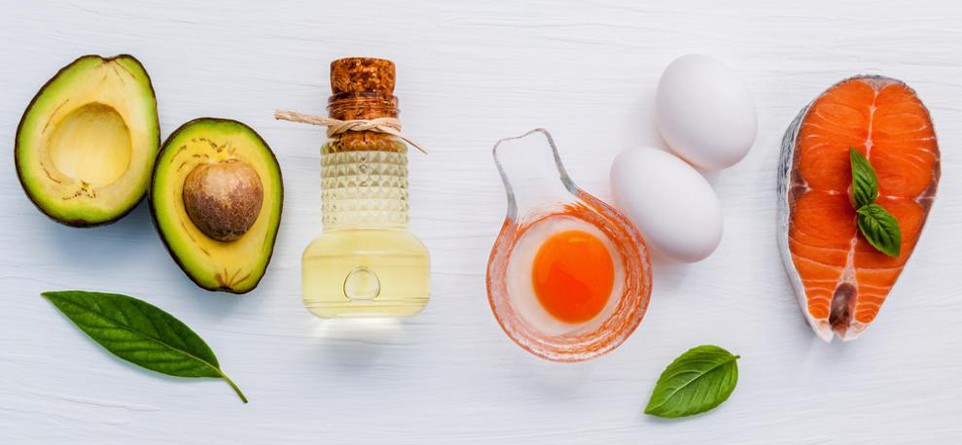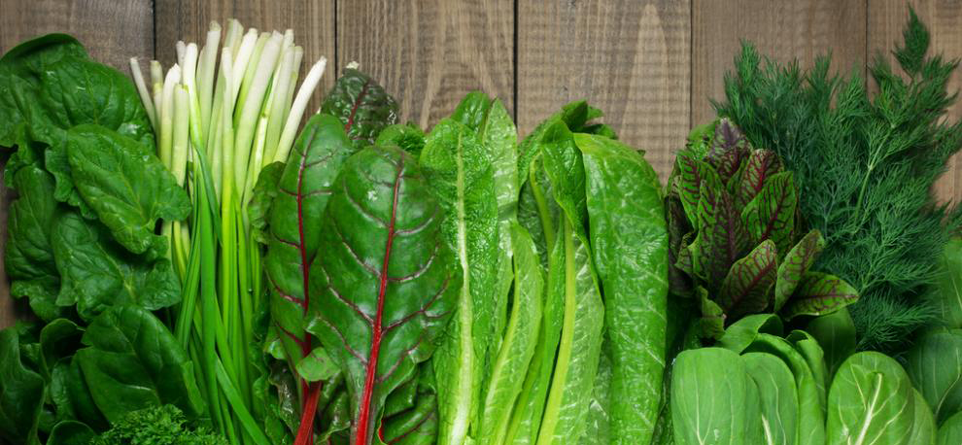Pancreatitis: The Root Causes and Solutions
- Red Dog Blue Kat
- Oct 22, 2019
- 5 min read
Updated: Jun 16, 2021
Pancreatitis is a disease that can definitely affect dogs and cats—and it’s not fun! Animals with pancreatitis can become seriously ill in a very short amount of time and often need hospitalization. Pancreatitis is often referred to as an “idiopathic” disease, which means “a disease of unknown origin.” However, if your pet is at risk for pancreatitis, there are logical solutions to consider in order to protect your pet from this terrible disease and to improve their health.
What is Pancreatitis?
Pancreatitis refers to an inflammatory flare up of the digestive organ known as the pancreas. Its responsibilities include:
The production of digestive enzymes
The production of the hormone insulin—which helps decrease elevated blood sugar and glucagon—which increases low blood sugar
These two important tasks position the pancreas as part of both the endocrine system and the digestive system. That’s a big job for such a tiny organ! Keep this in mind as you read further.
So, what do you look for when something happens and your pet gets diagnosed with pancreatitis?
“Itis” is a Greek-derived suffix that means “inflammatory disease.” Though the precise cause of pancreatitis is often unknown, it is thought that an enzyme imbalance is a root factor. Elevated blood enzymes, including amylase and lipase, are often red flags that something could be going wrong with the pancreas. Increased levels of these enzymes can trigger a vicious inflammatory response of the pancreatic tissue. This is known as an autoimmune response in which pancreatic tissue actually starts to become damaged and the animal can become very ill.
Symptoms include nausea, vomiting, lethargy, increased blood amylase and lipase, abdominal pain and stretching, fever, and dehydration. Pancreatitis is a serious issue that requires immediate veterinary assistance.
In dogs, the auto-immune factor seems to be the biggest concern in relation to pancreatitis. In cats, however, pancreatitis is more often associated with improper diet, underlying disease, or poisoning.
Is My Pet at Risk for Pancreatitis?
Recently, we did two blogs about obesity and diabetes. Pancreatitis is linked to both of these diseases. Obesity is a major risk factor for pancreatitis and diabetes. The Banfield State of Health Report shows that since 2010, there’s been a 150% increase in pet obesity. EEK! So let’s take a look at how these diseases are linked.
Pets with the highest risk factor for pancreatitis are neutered, overweight, middle-aged, male dogs. Remember above I mentioned that the pancreas is part of the endocrine system (hormones) AND the digestive system? Following on that, a dog or cat with a weight problem and decreased ability to balance his hormones due to being neutered is a prime candidate for pancreatitis. As part of the male endocrine system, one of the testicles’ functions is to produce the hormone testosterone which helps regulate fat distribution within the body. A dog or cat without testicles is more likely to become obese—so neutering and obesity could be a bad combination. There is a study a study in the US National Library of Medicine that establishes a link between visceral body fat distribution and increased risk and severity of pancreatitis in humans (1). Based on similar principles, it follows that this link is also likely a big risk for pets.
Obesity is also the number one risk factor for diabetes. Diabetes is a disease that occurs in dogs when the islet cells of the pancreas are destroyed and are no longer able to produce insulin. This can happen with repeated inflammatory insults to the pancreatic tissue. In cats, the islet cells become compromised but they can often return to normal functioning with the correct diet. So, we really want to help keep this little organ as happy as possible!
Other Risk Factors Include:
High fat diets
Endocrine (hormone) disease
Digestive disease (e.g. inflammatory bowel disease)
Trauma
Some antibiotics
Some seizure medications
Breed (mini schnauzers and terriers in particular)
Infections
Nutrition Factors – What You Can Control
Too Much Saturated Fat
A lot of companies are making raw diets for pets these days. However, there’s no regulation in Canada relating to standards, quality, and balance in the pet industry. It’s really important to consider these factors when choosing a raw diet, or any diet, for your pet. One way that some pet food companies cut the cost of producing raw foods is by using more fatty cuts of meat and less lean muscle meat. Fatty “trim” is much cheaper than muscle meat, consequently trim is finding its way more and more into raw pet food which increases the saturated fat content to sometimes dangerous levels. If you’re feeding your pet a raw diet that includes 15-20% fat content or higher, you’re feeding too much fat.
Dogs should have between 8-12% fat, on average, in their daily diet (as fed).
Cats should have 8-10% fat, on average, in their daily diet (as fed).
Omega 3 fatty acids
A well-balanced diet for your dog or cat must also include sufficient omega 3 fatty acids, which are known to have anti-inflammatory effects in the body, especially in the digestive system.
Suggested fatty acids include:
Krill oil
Flax oil
Whole ground flax
Chia oil or soaked chia seeds
Sardine or mackerel oil
Fish roe oil or whole fish roe
Too Much Starch
Too much processed starch can increase the risk of obesity and can cause havoc with blood sugar regulation. I cannot emphasize how important it is to pay attention to the types of carbohydrates you’re feeding to your pet! Highly processed starches such as grain meals, pea meals, and lentil meals are not appropriate food sources for pets.
Suggested forms of carbohydrates:
Vegetables! (see below for more details)
Small amounts of minimally processed grains such as cooked quinoa
Not Enough Vegetables
Some raw feeders argue that pets don’t need vegetables because they are carnivores. We disagree!
For dogs, we believe that living in our world today comes with significant health risk factors, especially when they are more sedentary and are exposed to toxicity in our environments (e.g. water contamination, pesticides, pollution/air contamination, household cleaning products, etc.)
Suggested vegetables:
Fresh, juiced veggies including the following will provide important vitamins, minerals, AND fibre which help support blood sugar maintenance and, in turn, keep the pancreas happy:
Green leafy veggies
Yams
Squash
Beets
For more info on why we support feeding vegetable to dogs and cats, read our article
Not Enough Enzymes and Not Enough Water
Raw food contains live enzymes. Highly processed foods do not. When the pancreas is the only source of digestive enzymes that your pet has at its disposal, it can result in pancreatic “burnout.” More research needs to be done in this area but with the absence of live dietary enzymes, the pancreas is faced with a much larger work load.(2)In order to ensure the pancreas remains supported throughout your pet’s life, a diet rich in raw food that contains dietary enzymes is a great start. If your pet is dealing with recent pancreatic issues or chronic issues, a digestive enzyme supplement along with fresh food might be in order.
Suggested digestive enzymes:
Adored Beast Heathy Gut
Getting Back on Track
Delaying Spaying/Neutering—Along with diet and supplementation, you may want to consider waiting to neuter or spay your pet if it’s possible. Talk to your holistic vet about the pros, cons, and timelines around this issue.
Choosing healthy foods and a healthy lifestyle will decrease the risk of this disease effecting your pet. If you pet has had a chronic issue with pancreatitis, these tools will help to prevent future flare ups.
Gentle, low impact exercise is best for obese pets until they regain a healthy weigh. Swimming is a perfect example of a low-impact activity.
We also offer customized diet-planning services to help you determine the best foods to feed your pet. Customized Diet Services
References:
(1) Effects of Abdominal Fat Distribution Parameters on Severity of Acute Pancreatitis: https://www.ncbi.nlm.nih.gov/pubmed/22491816
(2) The Adaptation of Pancreatic Digestive Enzymes to the Diet: Its Physiological Significance: https://rnd.edpsciences.org/articles/rnd/pdf/1980/07/RND_0181-1916_1980_20_4B_ART0013.pdf



